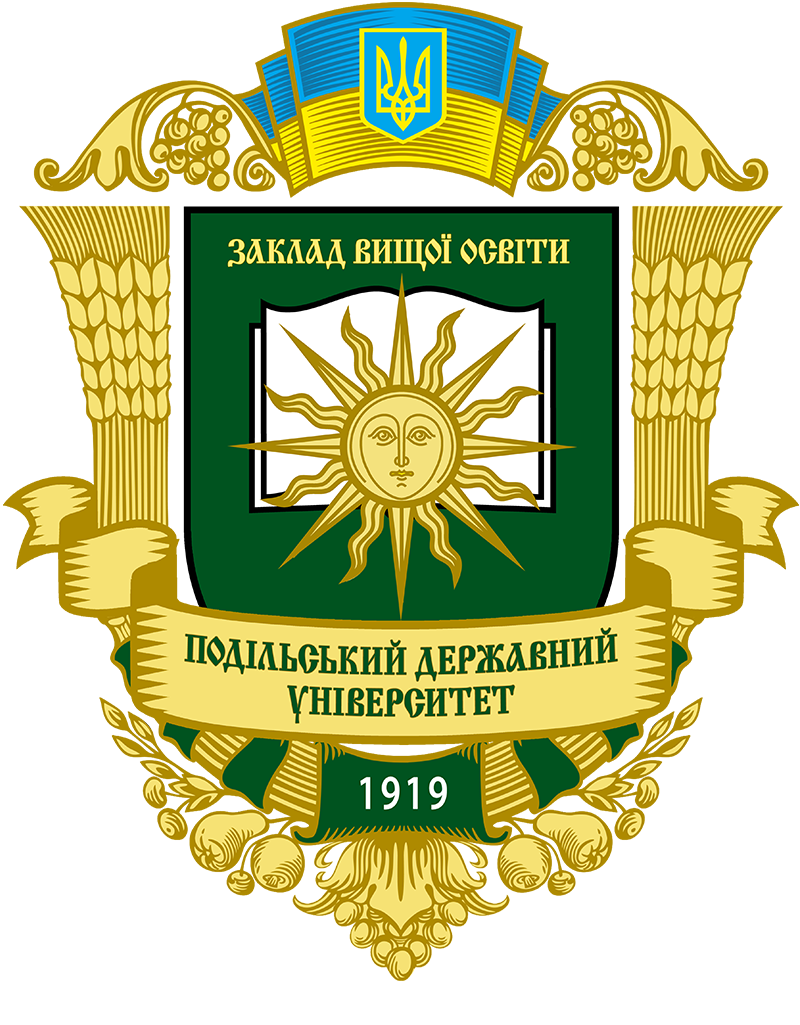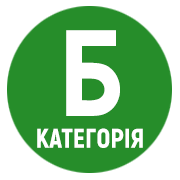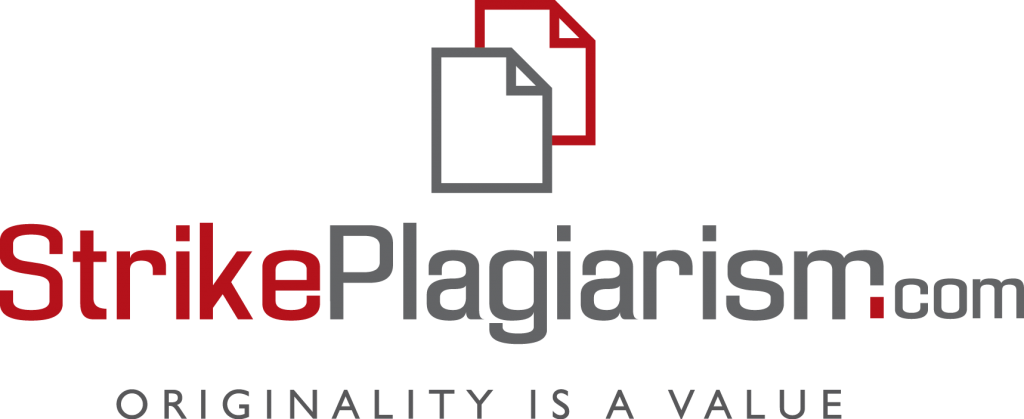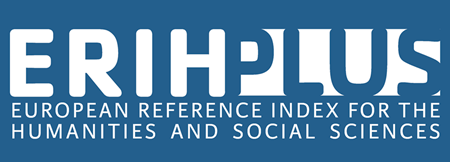ANALYSIS OF THE PIG FARMING INDUSTRY AND ASSESSMENT OF THE ECONOMIC EFFICIENCY OF TWO-PHASE GROWING OF PIGLETS UNDER VARIOUS FEEDING METHODS
DOI:
https://doi.org/10.37406/2706-9052-2025-3.11Keywords:
pig industry, piglet rearing, single-phase maintenance, multi-phase maintenance, animal feeding system, livestock safety, production efficiency, feed conversion, average daily gain, cost of gain, profit, profitabilityAbstract
The article identifies the important role of the pig industry for the economy and food security of Ukraine. The main directions for increasing the efficiency of pork production are summarized, namely: intensification, improvement of animal husbandry and care systems, and breeding work. Pig feeding systems are of particular importance at all stages of pig breeding. The state of the pig industry in Ukraine over the past five years has been analyzed. It has been found that the number of livestock has decreased. It has been established that the majority of the livestock is concentrated in enterprises. Animal productivity has increased somewhat over five years. The highest level of pig productivity has been achieved in private households. The effect of multiphase rearing of piglets with a change in the feeding system and duration of phases on their productivity and economic indicators compared to traditional single-phase rearing was studied. The results of using different methods of feeding piglets during the rearing period, starting from the moment of weaning and until they reach a weight of 25 kg, are presented. It was found that single-phase maintenance without changing the type of feeding provided the best indicators: the highest survival rate (98,93%), maximum final weight (29,1 kg), the highest absolute gain (22,85 kg), the highest average daily gain (466 g) and the lowest feed conversion. The transition between phases, especially when accompanied by a change in the feeding system from dry to liquid, negatively affected the survival and final weight of the piglets. The reduction in the duration of the first phase also led to a decrease in productivity. Although the control group had higher feed and operating costs per head due to higher consumption of more expensive pre-starter feed, higher final weight provided the highest selling price, profit (985,47 UAH/head) and profitability (37,57%). Average daily gains were more dependent on the fact of animal movement than on the duration of the phases. The control group demonstrated higher average daily gains compared to the two-phase groups. Therefore, the results indicate the optimality of a single-phase rearing system with a constant type of feeding for achieving high performance and economic efficiency. Multi-phase rearing with changes in feeding and phase duration may have a negative impact on the survival, growth and final weight of piglets, despite the potential reduction in feed costs at individual stages. The presented results of a comparative assessment of the efficiency of growing piglets under different feeding systems indicate the feasibility of using the proposed feeding system in enterprises.
References
Вдовенко Н.М., Грищенко Н.П., Шепелєв В.С. Регулювання ринку свинини України в умовах євроінтеграції : монографія. Київ : Кондор, 2017. 372 с. URL: https://nubip.edu.ua/sites/default/files/u204/2017_monogr_sviny.pdf (дата звернення: 05.06.2025).
Гуржій Н.М., Решетов С.О., Лишнікова А.С. Сучасний стан та тенденції розвитку свинарства в Україні. Менеджмент і підприємництво: тенденції розвитку. 2022. № 3 (21). С. 8–18. DOI: 10.26661/2522-1566/2022-3/21-01.
Еріксон Д. Американська технологія утримання свиней (від відлучення до забою). Прибуткове свинарство. 2015. № 3 (27). С. 64–67.
Калінчик М.В., Калінчик С.М., Алєксєєнко І.М. Сучасні тенденції, стан та перспективи виробництва свинини в Україні. Агросвіт. 2015. № № 3–4. С. 31–39. URL: http://www.agrosvit.info/pdf/3-4_2015/7.pdf (дата звернення: 04.06.2025).
Кобернюк С.О. Напрями підвищення економічної ефективності виробництва продукції свинарства на рівні підприємств. Науковий вісник Херсонського державного університету. Серія «Економічні науки». 2017. Вип. 23. Ч. 2. С. 29–33. URL: http://www.ej.kherson.ua/journal/economic_23/2/8.pdf (дата звернення: 05.06.2025).
Копитець Н.Г. Сучасний стан та тенденції розвитку ринку свинини в Україні. Економіка АПК. 2018. № 11. С. 44–54. DOI: 10.32317/2221- 1055.201811044.
Технологія виробництва та переробки продукції тваринництва : підручник / В.І. Ладика та ін. ; за заг. ред. В.І. Ладики, Л.М. Хмельничого. Одеса : Олді+, 2023. 244 с.
Максим В.Л., Чемерис В.А., Душка В.І., Дадак О., Мартинюк У. Моделювання економічної ефективності вирощування свиней у сільськогосподарських підприємствах. Agricultural and Resource Economics. 2022. Vol. 8. № 3. P. 178– 199. DOI: 10.51599/are.2022.08.03.09.
Повод М.Г., Михалко О.Г., Хутій Б.В., Лумедзе Т.С.-М., Лумедзе Т.С.-М., Вербельчук Т.В., Мойсей І.С. Залежність росту та продуктивності поросят протягом успішного періоду та періоду вирощування від застосування залізовмісних препаратів Феровіта 200 та Уніферон 200. Вісник Сумського національного аграрного університету. Серія «Тваринництво». 2023. Вип. 3 (54). С. 40–49. DOI: 10.32782/bsnau.lvst.2023.3.6.
Статистичний щорічник України. 2023 : статистичний збірник / Державна служба статистики України. Київ, 2024.
Строченко Н.І., Ковальова О.М. Конкурентоспроможність аграрних підприємств: сутність та напрямки зміцнення. Таврійський науковий вісник. Серія «Економіка». 2024. № 19. С. 114–121. DOI: 10.32782/2708-0366/2024.19.14.
Сушарник Я.А. Аналітичний огляд сучасного стану функціонування галузі свинарства. Економіка та держава. 2021. № 7. С. 52–56. DOI: 10.32702/2306-6806.2021.7.52.
Тіщенко О.С., Михалко О.Г., Мироненко О.І., Кузьменко Л.М., Панасова Т.Г., Желізняк І.М., Плечко О.С. Ріст, збереженість та ефективність відгодівлі свиней за незмінної та змінної систем годівлі в підсисний період, на дорощуванні та відгодівлі. Вісник Сумського національного аграрного університету. Серія «Тваринництво». 2024. Вип. 1 (56). С. 111–121. DOI: 10.32782/bsnau.lvst.2024.1.14.
Amass S.F. Control of infectious diseases in swine nurseries. Veterinary Clinics of North America. Food Animal Practice. 1999. № 15 (1). P. 15–33. DOI: 10.1016/S0749-0720(15)30100-9.
Baxter E.M., Jarvis S., D’Eath R.B. Social Housing in Pigs: Welfare and Production. CAB International. 2014. URL: https://pure.au.dk/ws/files/2426080/intrhus11.pdf (дата звернення: 05.06.2025).
Brumm M.C. Floor space and flooring type for swine. Pork Information Gateway. 2004. P. 289–295. URL: https://www.academia.edu/24363073/Developing_a_model_to_determine_floor_space_requirements_for_pigs (дата звернення: 05.06.2025).
Bublyk O. Changing pig feeding from dry to liquid saves up to 12% of feed. 2018. Agrotimes : вебсайт. URL: https://agrotimes.ua/tvarinnitstvo/zmina-godivli-svinej-iz-suhoyi-na-ridku-zaoshchadzhue-do-12-kormiv (дата звернення: 05.06.2025).
Chidgey K.L. Review: Space allowance for growing pigs: animal welfare, performance and on-farm practicality. Animal. 2024. Vol. 18. Supplement 1. DOI: 10.1016/j.animal.2023.100890.
Clavell-Sansalvador A., Río-López R., González-Rodríguez O., García-Gil L.J., Xifró X., Zigovski G., Ochoteco-Asensio J., Ballester M., Dalmau A., Ramayo-Caldas Y. Effect of Group Mixing and Available Space on Performance, Feeding Behavior, and Fecal Microbiota Composition during the Growth Period of Pigs. Animals. 2024. № 14 (13). P. 1906. DOI: 10.3390/ani14131906.
Fu Q., Yang X., Zhou S., Yang Y., Zhang X., Han Q., Ji W., Liu H. Effects of short-distance transportation on physiological indexes, intestinal morphology, microbial community, and the transcriptome of the jejunum in weaned piglets. Front. Vet. Sci. 2023. Vol 10. DOI: 10.3389/fvets.2023.1148941.
Gonyou H.W, Brumm M.C., Bush E., Deen J., Edwards S.A., Fangman T., McGlone J.J., Meunier-Salaun M., Morrison R.B., Spoolder H., Sundberg P.L., Johnson A.K. Application of broken-line analysis to assess floor space requirements of nursery and grower-finisher pigs expressed on an allometric basis. J Anim Sci. 2006. № 84 (1). DOI: 10.2527/2006.841229x.
Kumar B., Manuja A., Aich P. Stress and its impact on farm animals. Front. Biosci. 2012. № 4 (45). DOI: 10.2741/e496.
Laber K.E., Whary M.T., Bingel S.A., Goodrich J.A., Smith A.C., Swindle M.M. Biology and Diseases of Swine. Laboratory Animal Medicine. 2002. P. 615–673. DOI: 10.1016/B978-012263951-7/50018-1.
Nielsen S.S., Alvarez J., Bicout D.J., Calistri P., Canali E., Drewe J.A., Garin-Bastuji B., Gonzales Rojas J.L., Schmidt G., Herskin M., et al. Welfare of pigs on farm. EFSA J. 2022. Vol. 20. Issue 8. DOI: 10.2903/j.efsa.2022.7421.
Reese Duane E., Thaler Robert C., Brumm Michael C., Lewis Austin J., Miller Phillip S., Libal George W. Swine Nutrition Guide. Faculty Papers and Publications in Animal Science. 2000. URL: https://digitalcommons.unl.edu/animalscifacpub/694 (дата звернення: 05.06.2025).
Renaudeau D., Collin A., Yahav S., de Basilio V., Gourdine J.L., Collier R.J. Adaptation to hot climate and strategies to alleviate heat stress in livestock production. Animal. 2012. № 6 (5). Р. 707–728. DOI: 10.1017/S1751731111002448.
Stolyuk V. New approaches in pig feeding. Agro-industrial portal : вебсайт. URL: https://apkua.net/articles/stockbreeding/godivlja_svynej.html (дата звернення: 05.06.2025).
Sutherland M.A., Backus B.L., McGlone J.J. Effects of Transport at Weaning on the Behavior, Physiology and Performance of Pigs. Animals. 2014. № 4 (4). P. 657–669. DOI: 10.3390/ani4040657.
Turner S.P., Ewen M., Rooke J.A., Edwards S.A. The effect of space allowance on performance, aggression and immune competence of growing pigs housed on straw deep-litter at different group sizes. Livest. Prod. Sci. 2000. Р. 47–55. DOI: 10.1016/S0301-6226(00)00159-7.











